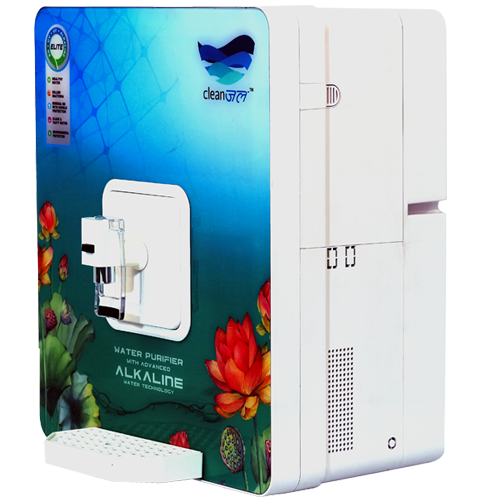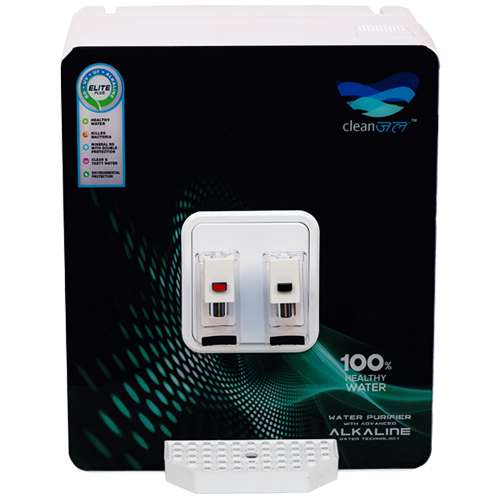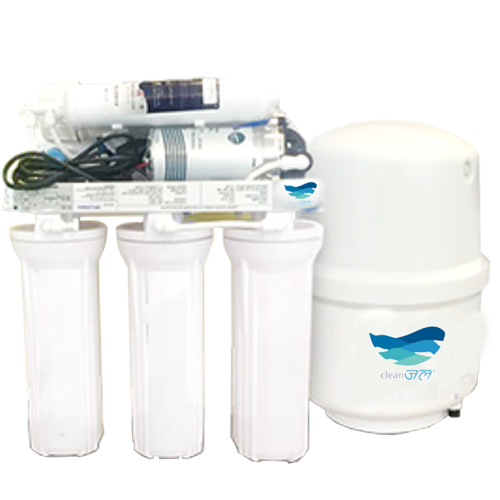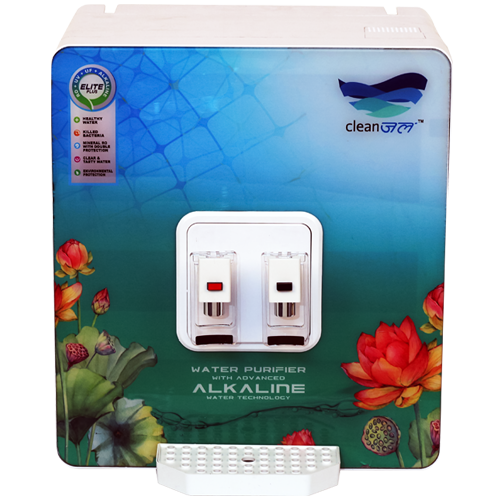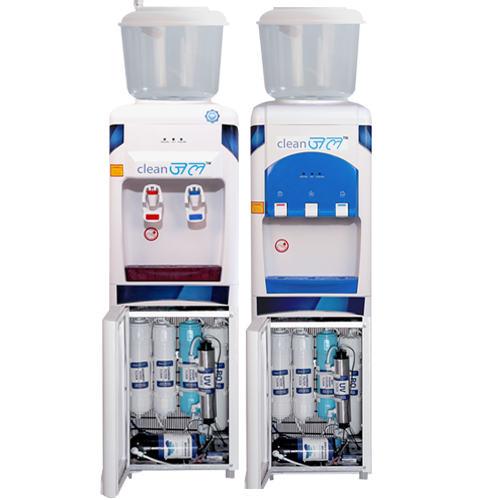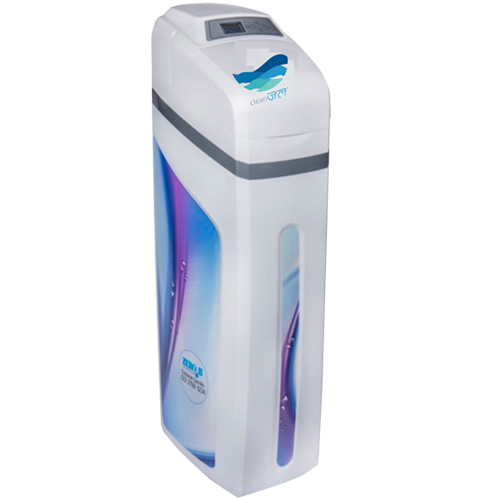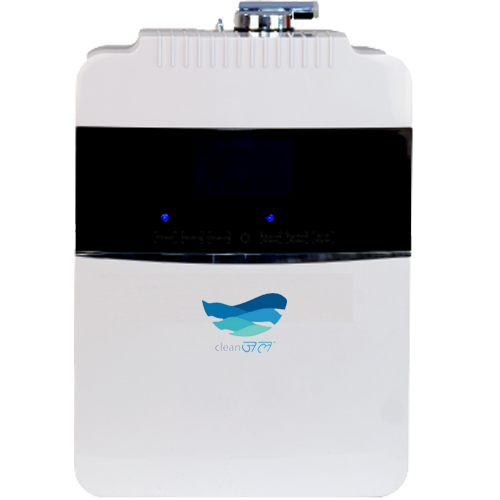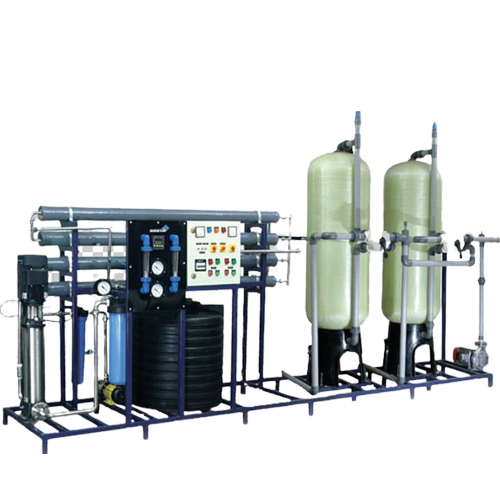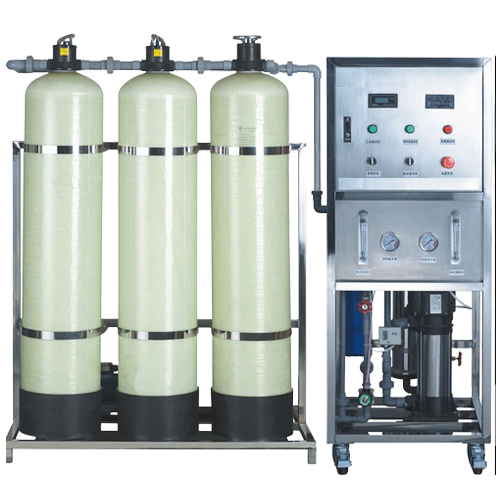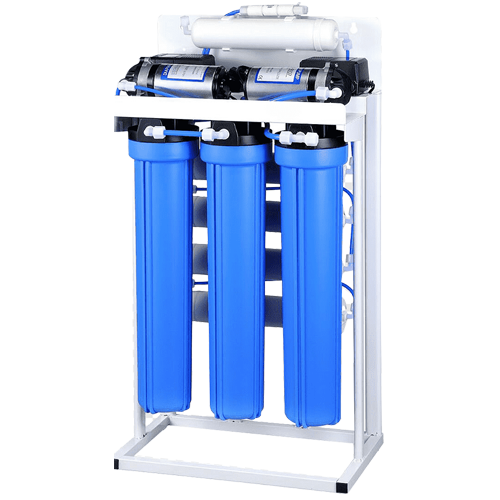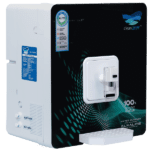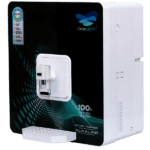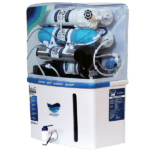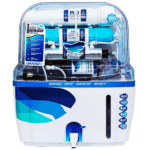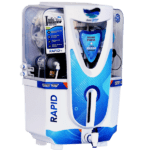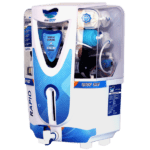Clean and safe drinking water is a must for maintaining good health. Unfortunately, the water force in numerous areas may contain contaminations and pollutants that can pose health pitfalls.
Water purifiers play a pivotal part in removing these dangerous substances, furnishing us with pure and safe drinking water.
In this article, we will cover Everything you need to know about water purifiers, including their types, working principles, crucial features, conservation, and benefits.
Everything You Need to Know About Water Purifier


Types of Water purifiers
Reverse Osmosis ( RO) purifiers
RO purifiers use a semi-permeable membrane to remove contaminations, heavy essence, bacteria, contagions, and dissolved mariners from the water. They’re effective in treating hard water but may also remove essential minerals, taking a fresh mineralizer.
Ultraviolet( UV) purifiers
UV purifiers use ultraviolet shafts to disinfect the water, destroying bacteria, contagions, and other dangerous microorganisms. They’re suitable for water sources with low TDS( Total Dissolved Solids) but don’t exclude dissolved contaminations.
Graveness-grounded Purifiers
Thesenon-electric purifiers use graveness to sludge water through colorful stages, including deposition pollutants and actuated carbon pollutants. They’re ideal for areas with no electricity force and can remove physical contaminations and some chemical pollutants.
Actuated Carbon Purifiers
These purifiers use actuated carbon pollutants to absorb and trap organic composites, chlorine, and some chemicals, perfecting taste and odor.
Ultrafiltration( UF) Purifiers
UF purifiers employ a membrane with larger pores than RO, effectively removing bacteria, contagions, and some larger contaminations while retaining essential minerals.
Working Principles
RO purifiers
The RO process involves passing water through a semipermeable membrane under pressure. The membrane allows water motes to pass through while blocking larger pollutants and contaminations.
UV purifiers
Water is exposed to ultraviolet light, which disrupts the DNA of microorganisms, rendering them unfit to reproduce and causing their destruction.
Graveness-grounded Purifiers
These purifiers calculate on graveness to force water through colorful sludge media, removing contaminations in the process.
Actuated Carbon Purifiers
Water is passed through actuated carbon pollutants, which adsorb and trap pollutants, performing in cleaner and better-tasting water.
UF Purifiers
Analogous to RO, UF purifiers use a semi-permeable membrane, but with larger pores, effectively removing larger contaminations while allowing minerals and some lower patches to pass through.
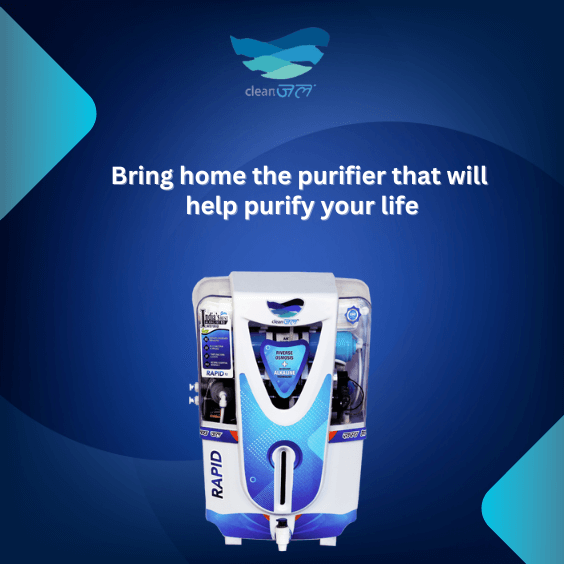

Important Features to Consider
Sanctification Capacity
This indicates the volume of water a cleaner can treat in a given time. Choose a capacity suitable for your ménage’s diurnal water consumption.
TDS Controller
RO purifiers with TDS regulators retain essential minerals, icing healthier water.
UV Fail Alarm
UV purifiers with fail admonitions warn you when the UV beacon needs relief, icing uninterrupted protection.
Storehouse Capacity
Graveness- grounded purifiers frequently come with storehouse holders, making water available indeed during power outages.
Sludge relief Indicator
A helpful point that reminds you when it’s time to change pollutants, icing optimal sanctification.
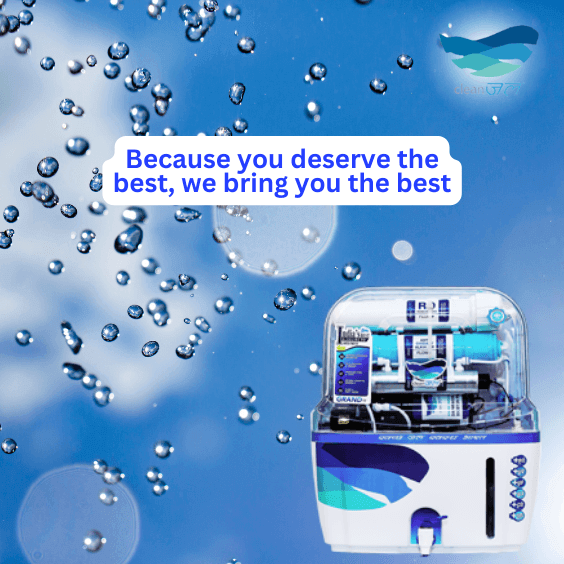

Conservation
Regular conservation is essential to keep your water cleaner performing efficiently
Sludge relief
Follow the manufacturer’s guidelines for sludge relief to maintain sanctification effectiveness.
Tank Cleaning
Clean the storehouse tank periodically to help bacterial growth.
UV Beacon relief
Replace UV lights according to the recommended schedule for effective disinfection.
Benefits of Using Water Purifiers
Junking of pollutants
Water purifiers exclude dangerous contaminations, icing safe and clean drinking water.
Advanced Taste and Odor
Actuated carbon pollutants enhance the taste and odor of water by removing chlorine and organic composites.
Enhanced Health
Access to pure water helps cover against waterborne conditions and promotes better overall health.
Cost-Effective
Investing in a water purifier can be more provident than buying bottled water in the long run.
Eco-Friendly
Using a water cleaner reduces plastic waste generated by bottled water consumption.
Conclusion
Water purifiers are essential appliances that give us safe and clean drinking water, free from dangerous pollutants. Understanding the different types, working principles, and important features will help you choose the right water cleaner for your requirements.
Regular conservation and sludge relief ensure harmonious and effective sanctification. By investing in a water cleaner, you’re making a precious donation to your family’s health and the terrain.


